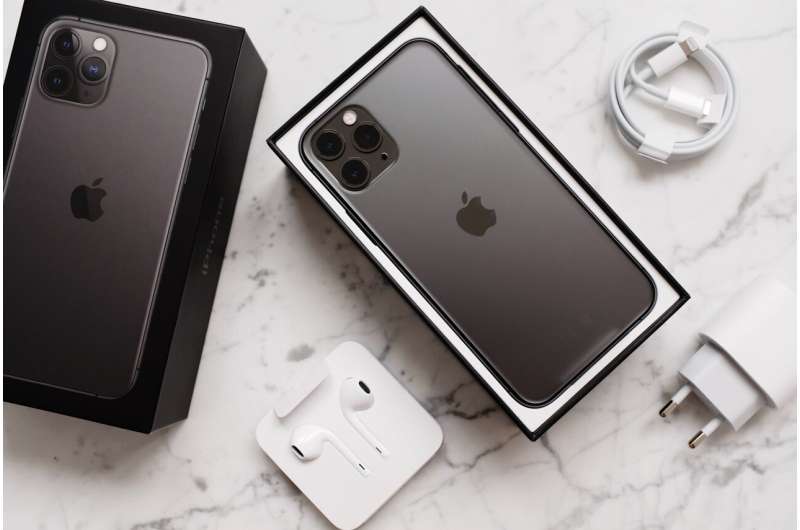
Electric vehicles (EVs) can help put America on the path toward a clean energy economy. Yet the supply chain behind them is not fully understood.
A new report from the U.S. Department of Energy’s (DOE) Argonne National Laboratory is filling in the gaps. The report, titled Lithium-Ion Battery Supply Chain for E-Drive Vehicles in the United States: 2010–2020, offers a detailed view of America’s EV battery supply chain over the last decade. The insights offered can help regulators and other key decisionmakers plan for the future growth of EVs in the U.S.
“Leaders in the industry care about finding ways to secure raw materials and reuse and recycle battery materials. To do either of these things, you need to first understand what the current demand is, and how and where batteries are being produced. This is the type of insight our report offers,” said co-author Yan (Joann) Zhou, principal transportation systems analyst and group leader at Argonne.
Two features of the report make it unique: it quantifies the total lithium battery capacity of light-duty electric vehicles sold in the U.S., and details where the country’s lithium battery cells and packs come from, broken down by country and by manufacturer.
“These are two things we haven’t seen explained in depth before,” said David Gohlke, energy and environmental analyst at Argonne and co-author.
The report makes a point to distinguish battery cells from battery packs because each can be made in different locations. For example, the battery cell could be made in Korea, shipped to Michigan where the pack is assembled, then sent to an original equipment manufacturer to place within a vehicle.
Implications for battery reuse and recycling
The process of making batteries generates scraps that could potentially be recovered, so knowing where batteries are made has implications for battery reuse and recycling. For example, knowing the location of battery production sites could help stakeholders decide where to place future battery recycling facilities.
“Having a deep understanding of the battery supply chain, the development of it, and where the vehicles are made and sold ultimately gives us better information about what we’re going to need to do to recover raw materials effectively,” said Zhou.
Expanding insights using additional Argonne tools
Information from the report can be used directly but can also be integrated with Argonne tools like GREET or BatPaC to generate even more insights in the future.
GREET, short for the Greenhouse Gases, Regulated Emissions, and Energy Use in Technologies Model (GREET), is a popular tool for simulating energy use and emissions outputs of various vehicles and fuels.
“Because different countries can have different electricity mixes and local supply chains, by combining GREET with our knowledge of where batteries are manufactured, we could potentially achieve a better understanding of what the emissions are within the battery manufacturing process,” said Gohlke.
Researchers can also better understand battery costs if they combine supply chain knowledge with BatPaC, a software tool Argonne developed to estimate the cost of lithium-ion batteries produced in high volumes.
“This can better inform things like vehicle cost modeling and economic modeling, which down the line gets into tools that let us estimate total energy and emissions,” Gohlke said.
Study puts charge into drive for sustainable lithium production
Lithium-Ion Battery Supply Chain for E-Drive Vehicles in the United States: 2010–2020, publications.anl.gov/anlpubs/2021/04/167369.pdf
Citation:
A 10-year look at the battery supply chain in America (2021, July 23)
retrieved 23 July 2021
from https://techxplore.com/news/2021-07-year-battery-chain-america.html
This document is subject to copyright. Apart from any fair dealing for the purpose of private study or research, no
part may be reproduced without the written permission. The content is provided for information purposes only.
Stay connected with us on social media platform for instant update click here to join our Twitter, & Facebook
We are now on Telegram. Click here to join our channel (@TechiUpdate) and stay updated with the latest Technology headlines.
For all the latest Technology News Click Here
For the latest news and updates, follow us on Google News.
